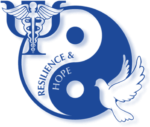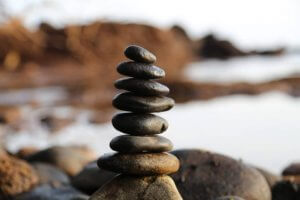TRADITIONAL CHINESE MEDICINE - TCM
Traditional Chinese medicine (TCM) is a complete healthcare system of holistic wellness addressing mind, body and spirit. It encompasses all aspects of healthcare, including the prevention, diagnosis, treatment, and prognosis of disease.
Originating in China, TCM is one of the oldest, continually practiced forms of medical care in the world.
Acupuncture, as well as nutrition, herbal medicine, and other adjunctive treatment modalities, successfully treat disease, and maintain overall good health.
TCM emphasizes individualized treatment addressing mind, body and spirit. It enhances recuperative power and boosts immunity.
TCM is based on the theories of yin/yang and the vital life energy of Qi (pronounced CHEE). The principle of TCM is to diagnose the cause of disease or yin/yang imbalance and to correct the flow of qi in the channels/meridians to restore that balance. Wellness is present when the Qi (or bioelectricity) flows well through the body and there is a balance of yin/yang. When that balance is disrupted or gets diverted for one reason or another, it results in illness and health gives way to disease.
Qi is the vital energy or ‘life force’ in all living things; it is like a bioelectricity that circulates in all forms of matter and is the essential force that sustains life. Qi is a combination of energies that comes from our food, air, and inherited constitution and it circulates within the meridians throughout the body.
Qi provides the energy we need to accomplish everyday activities. This includes our growth, development, movement, maintenance of body temperature, protection against illness and disease, and overall regulation of the body. Our health is influenced by the quality, quantity and balance of Qi.
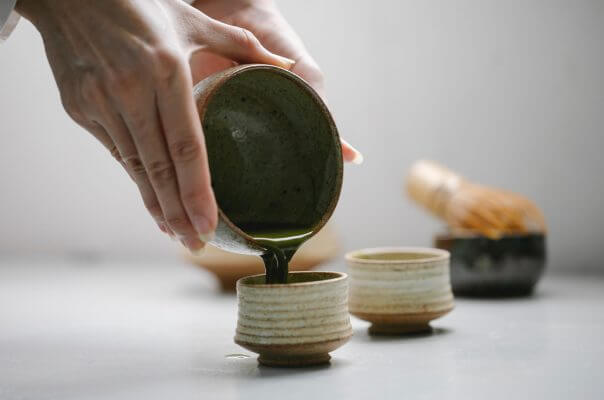
TCM Modalities in Addition to Acupuncture
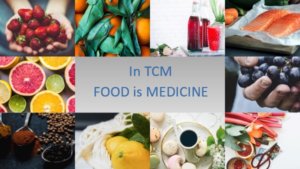
Foods & Herbs
Chinese medicine takes a holistic approach to your health.
Knowing the energetics and actions of fresh, wholesome food ingredients from a Chinese medical perspective is one way to maximize overall health and address certain conditions.
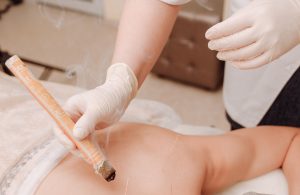
Moxibustion
Moxibusion is heat therapy derived from the mugwort plant (artemis vulgaris) which has been used throughout Asia for thousands of years. Moxibustion warms the area and promotes circulation and flow of Qi, strengthens the blood. While moxibustion can penetrate deep into the skin, there is no pain, rather, moxibustion provides a pleasant, warm, soothing feeling. Moxibustion is very effective at dispelling cold and dampness inside the body and warming the meridians.
Cupping
Cups are attached to the surface of the skin creating suction. This promotes improved flow/circulation, decreases pain and muscle tension and stimulates the action of healing.
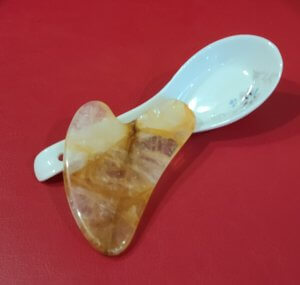
Guasha
Gua Sha is a scraping/friction technique used to bring “SHA” to the skin’s surface. ‘Sha’ is the congestion in the skin and the tissue just below the skin’s surface which causes stiffness and pain. Gua Sha invigorates the skin and promotes circulation of Qi and Blood. The technique is somewhat like cupping.
Qi Gong
Qi Gong is a holistic system which works energetically on the body to tackle physical, emotional, mental and spiritual aspects of health and wellness. It involves blending specific, slow, graceful, purposeful, physical movements, along with breathing to promote physical and energetic grounding. Qi Gong can be instrumental in illness prevention by boosting immunity and metabolism and reducing stress and anxiety.
Common Questions About Chinese Medicine
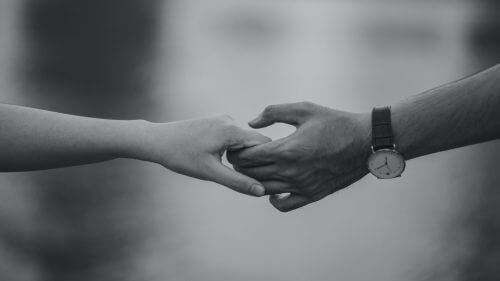
What are Meridians or Channels?
The body consists of a network of meridians or channels. These are bioenergetic pathways that connect the internal body with the exterior. Qi circulates through the meridians within the body, providing the nourishment and energy our bodies need. Imbalances of qi, yin/yang by any pathogens will disrupt this circulation. Acupuncture and herbs are chosen accordingly to keep balance and flow within each meridian.
There are 12 principle bilateral meridians associated with the body’s internal organs and 2 additional unilateral meridians. 361 acupuncture points lie specifically on these meridians. There are also numerous extra points not specific to a particular meridian. Each meridian corresponds to and is named for the major Zang Fu (internal) organs through which it passes.
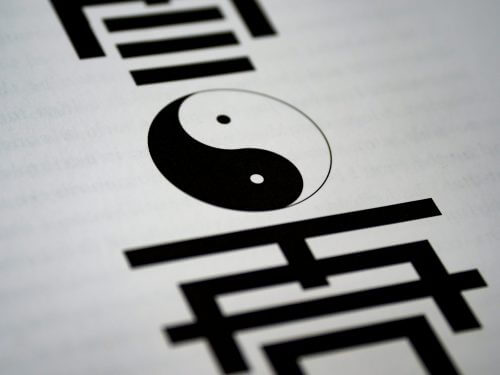
What are Yin and Yang?
Yin and Yang are 2 opposing but interdependent forces. They are opposites that form a whole.
In yin, there is always yang. In yang there is always yin.
Yin and Yang are used to describe concepts/characteristics of states in relative terms and establish relationships between those states.
Yin is rest, cold, dark, fluids, interior, etc. whereas Yang is action, heat, light, energy, exterior, etc.
Wellness is present when the Qi flows well through the body and there is a balance of yin/yang. When the yin/yang balance is disrupted, health gives way to disease.
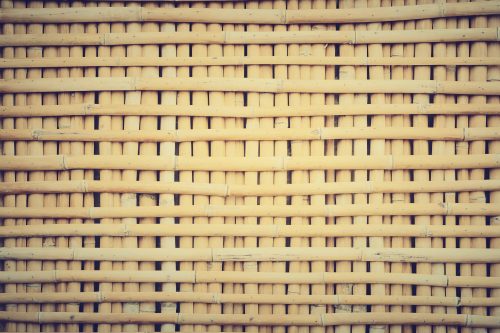
What are Zang Fu?
Internal organs and their functions are perceived differently in Chinese medicine than they are from the western perception. In TCM internal organs (called Zang Fu) are not only a physical entity with an associated function, they also have emotional, mental and spiritual functions that reflect the philosophy that soul and mind are in every cell of the body.
Each organ makes a contribution to the whole personality; interactions and relationships of organs within the person are important for mental and emotional functioning and health.
Channels/meridians and blood vessels are also thought of as organs and functional systems.
As visible organs of the body, Zang (Yin organs) and Fu (Yang organs) are classified by their element, yin/yang energy and their functions. Just as yin and yang are interdependent of each other, each Zang organ corresponds to a Fu organ.
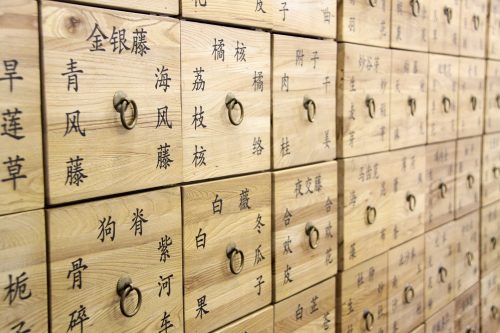
What are the five elements and how do they relate to TCM?
The underlying theory of 5 Elements looks at the body as a microcosm of the larger surrounding universe. It interconnects us with nature and as such, we are also subject to its forces. Thus, the temperature and state of weather are considered in TCM, since it has an impact on a person’s health.
Consider the statement made by many who have had past injuries, ”I know it when a storm is coming, I can feel it in my bones”. In TCM, this is a natural example of how our bodies are in tune with the elements surrounding us.
The 5 elements are energetic in nature and include: Fire, Earth, Water, Wood, Metal, each having its specific yin/yang quality. As part of the diagnostic process, your TCM practitioner will ask questions about how your body feels when the weather is damp and humid, windy, hot, cold, etc.
